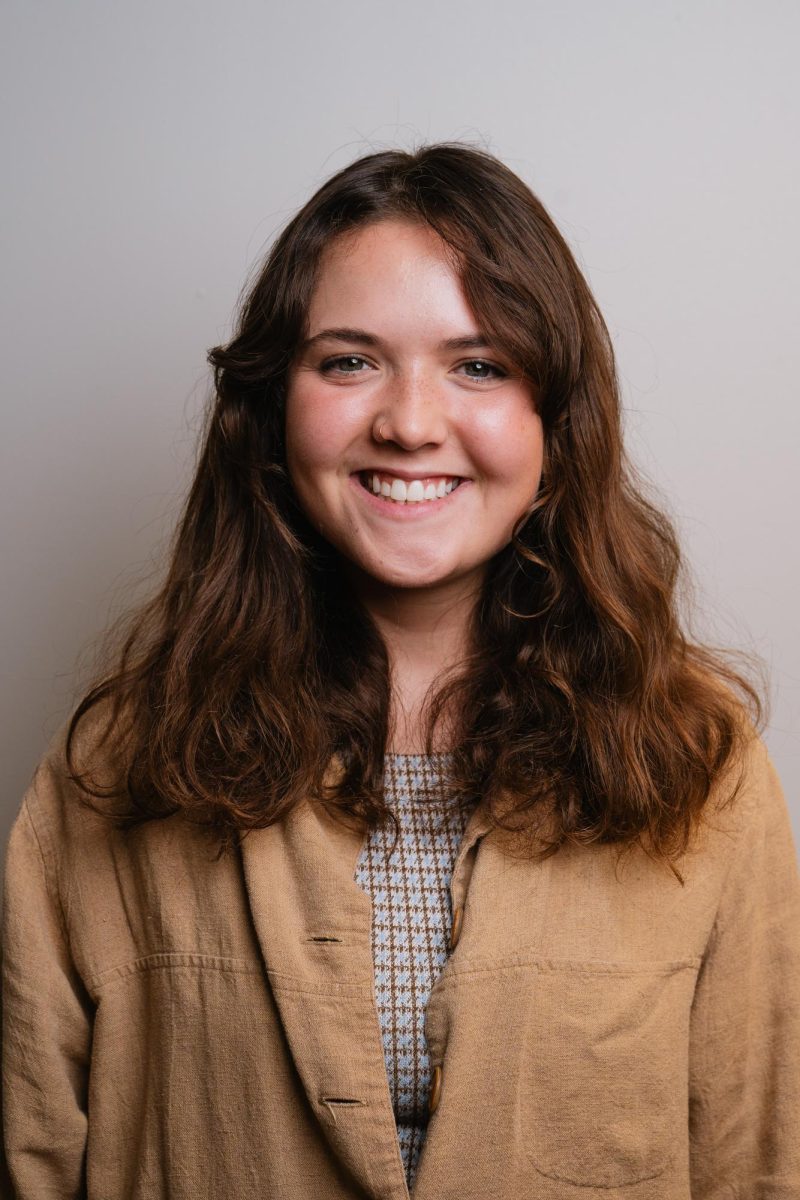School board approves new drop-out program
December 6, 2000
Drop-out students in the Ames School District will be able to earn their diplomas in an alternative learning environment after a unanimous vote by the Ames School Board.
“Anything that helps the kids will help the district,” said Ames Superintendent Nick Johns about the board’s recent decision to hold drop-out classes at Iowa State. “The program is an in-city alternative for kids who might drop out of school or already have.”
Ames School Board Member Steve Ringlee said members voted unanimously because there was no reason to vote against the district’s “XCel College-Based Dropout/Dropout Prevention Pilot Program.”
“Looking at research and things that have been done and why kids drop out, the college campus projects have been one of the most effective,” said Clemmye Jackson, coordinator of the accelerated learning program. “Two things found out from research that work the best are programs on college campuses and alternatives to the usual learning environment.”
Jackie Blount, associate dean for curriculum and instruction in the College of Education, said the program will be inexpensive.
“The university will provide a room [in Lagomarcino Hall] and materials usually available to instructors,” she said. “There will also be some refurbished computers available for use with at least three connected to the Internet.”
Legally students can drop out at the age of 16, but students drop out at various ages, Johns said. At any given time, 35 to 50 students who should be in school are not, he said.
“The program will start in January with 20 students,” Jackson said. “The program is [designed] for [drop-out] students between the ages of 16 and 21, but it is also for students who are three or more credits behind, teen parents or students who can justify work or other obligations to miss school.”
Classes will meet from 5:30 p.m. to 9 p.m. Monday through Thursday, so students can work or care for children during the day.
“Research has proven that colleges that have these type of programs have high percentages of students who go onto college,” she said.
















